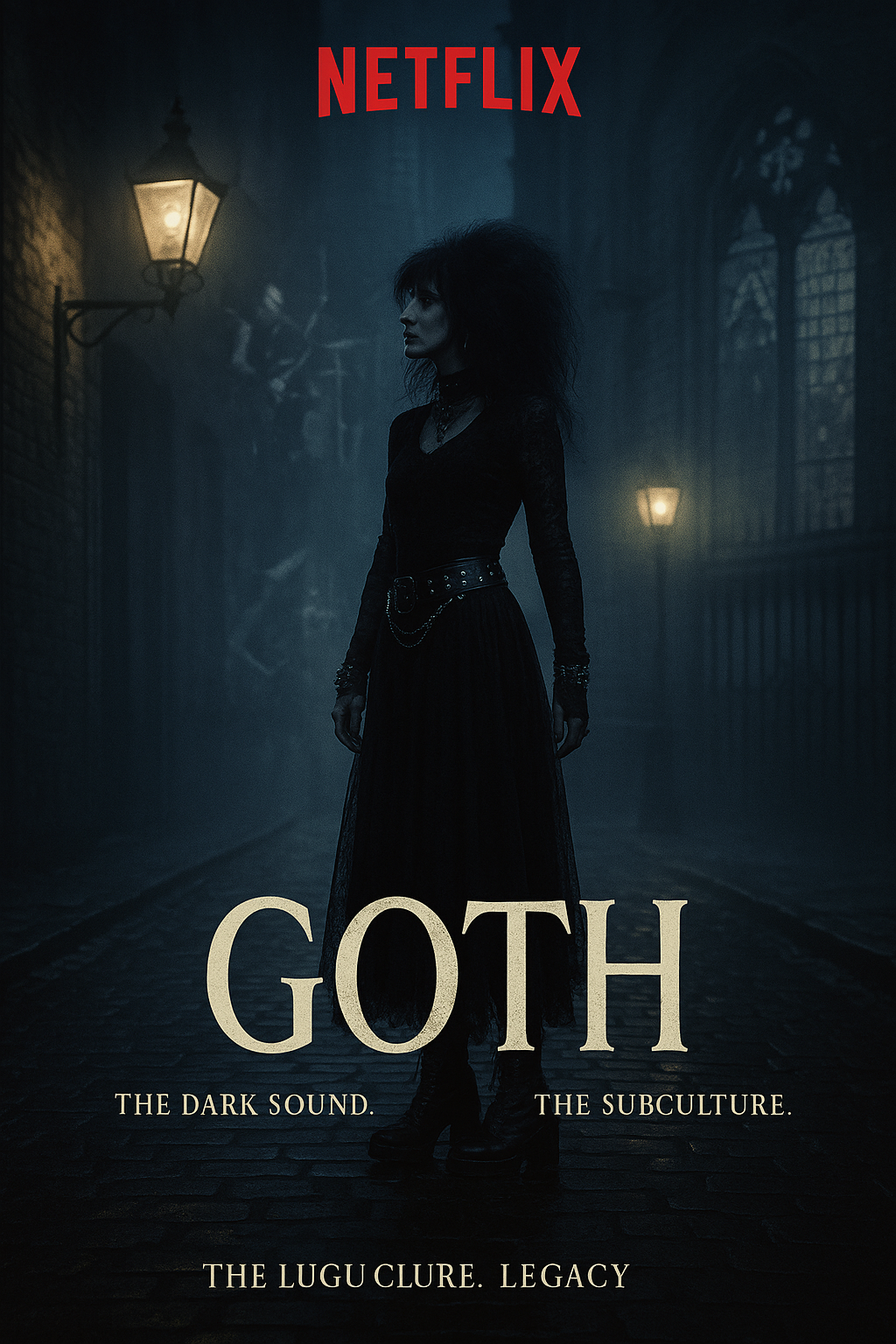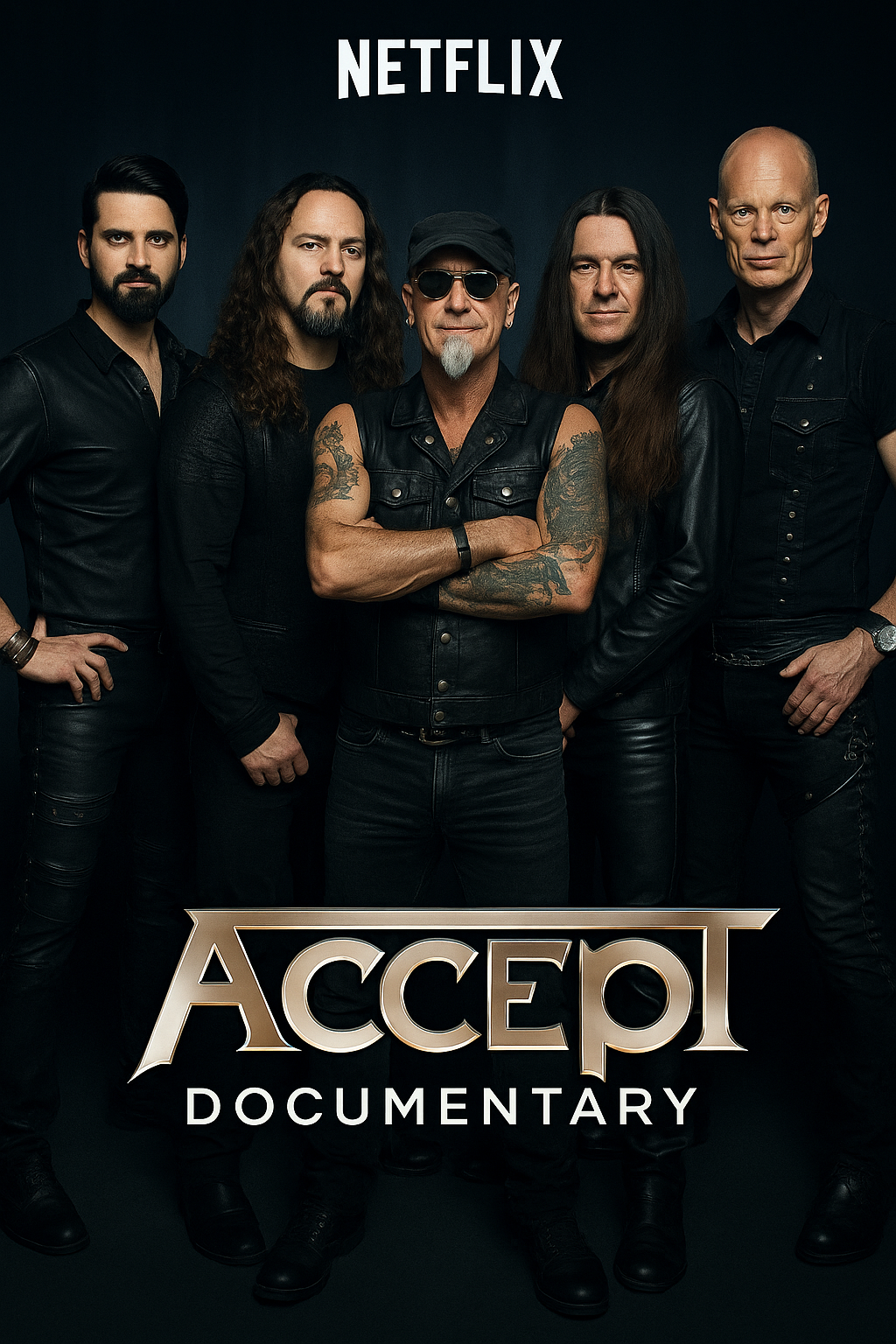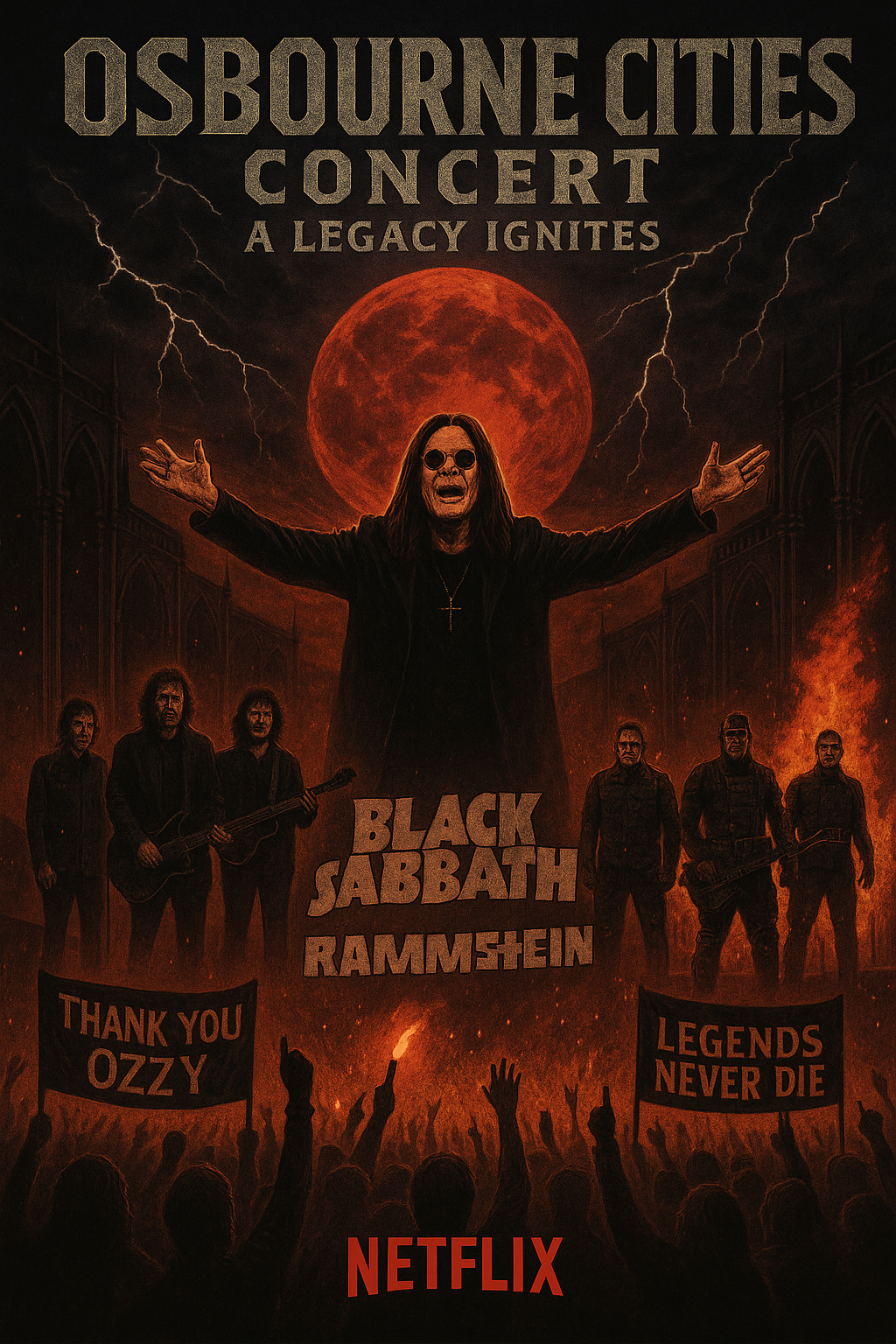Netflix is diving headfirst into the shadows with the announcement of its upcoming 2026 documentary, simply titled GOTH. The platform known for its gripping true stories and culturally rich originals is taking viewers on an immersive journey into the haunting and deeply influential world of the goth subculture. The documentary promises to be an unflinching exploration of a movement that has captivated and confused society for decades, blending music, fashion, philosophy, and emotion into a dark but beautiful tapestry.
Set to premiere in fall 2026, GOTH is the result of over three years of production, featuring rare archival footage, candid interviews, and haunting visual storytelling. The creative team behind the acclaimed The Devil Next Door and This is Pop now turns their lens on a misunderstood community that has long thrived at the fringes of popular culture. According to Netflix, the documentary will trace the roots of goth from its punk and post-punk origins in the late 1970s through its evolution into a thriving global scene.
The documentary will pay homage to seminal bands like Bauhaus, Siouxsie and the Banshees, The Cure, and Sisters of Mercy, all of whom helped shape the signature sound — atmospheric, brooding, and poetic — that came to define goth music. Through newly recorded interviews with surviving band members, critics, and cultural historians, GOTH will dissect how these musicians rejected mainstream ideals in favor of darker truths and rawer emotional landscapes.
But the documentary doesn’t stop at the music. It also delves into the fashion and lifestyle that became synonymous with the movement. With input from stylists, photographers, and designers, the film traces the lineage of goth fashion — the black lace, the velvet, the leather, the combat boots — to its roots in Victorian mourning attire, silent horror films, and romanticism. Viewers will learn how fashion became a political statement for goths: a way to reclaim agency, express grief, and resist conformity.
Perhaps most strikingly, GOTH gives a voice to those within the community. The documentary follows several contemporary goths across different cities — from London to Los Angeles to Tokyo — highlighting the diverse ways the subculture lives on today. Far from being a relic of the past, the movement is shown as a thriving, inclusive network that welcomes outsiders and embraces self-expression in all its forms.
One of the more surprising insights comes from the exploration of goth philosophy and psychology. Experts interviewed in the film explain how the embrace of darkness, death, and melancholy isn’t about nihilism, but about confronting life’s hardest truths head-on. It’s about finding beauty in sorrow, community in alienation, and meaning where others fear to look. The documentary leans heavily into this thematic richness, giving the viewer not only a visual and musical experience, but a deeply emotional one.
In what is already being described as one of Netflix’s boldest projects to date, the cinematography of GOTH evokes a noir dreamscape. Directed by visionary filmmaker Liora Dane, the film uses chiaroscuro lighting, slow pans through fog-drenched alleyways, and moody, minimalist scores to mirror the emotional undercurrents of its subjects. The goal, Dane says, was to let the atmosphere tell as much of the story as the dialogue.
Music supervision has been handled with obsessive care. Every track featured in the documentary has been remastered specifically for the project, and Netflix has announced that a deluxe vinyl soundtrack will accompany the release. This soundtrack will feature not only original goth classics, but also modern interpretations by contemporary artists influenced by the scene, including Chelsea Wolfe and Zola Jesus.
Critics who have seen early cuts at private screenings are calling GOTH “a cultural reckoning” and “an overdue celebration of one of music’s most enduring underground legacies.” The film doesn’t sanitize its subjects, nor does it sensationalize them. Instead, it presents the goth community as intelligent, sensitive, and deeply creative — a far cry from the caricatures it has often been reduced to.
Netflix plans to release the film globally with multilingual subtitle options, aiming to connect with goth scenes worldwide. Already, online forums and Reddit threads have been buzzing with anticipation, with fans debating everything from which tracks should be included to who might appear in surprise cameos. Some speculate that long-retired goth legends might even return to the public eye for the premiere.
In a time when so much content feels surface-level and disposable, GOTH seems poised to become a definitive cultural document — one that sheds light on the darkness, and in doing so, invites audiences to reflect on their own shadows. Netflix’s gamble on the macabre may just spark a wider revival of interest in a subculture that never truly died. Instead, it lived quietly in the margins, waiting for the world to catch up.
With its 2026 release date locked in and a trailer expected to drop later this year, GOTH is shaping up to be more than just a documentary — it’s a movement reborn. And for those who’ve always felt a little different, it’s a long-awaited validation that there is power, beauty, and truth in the dark.



